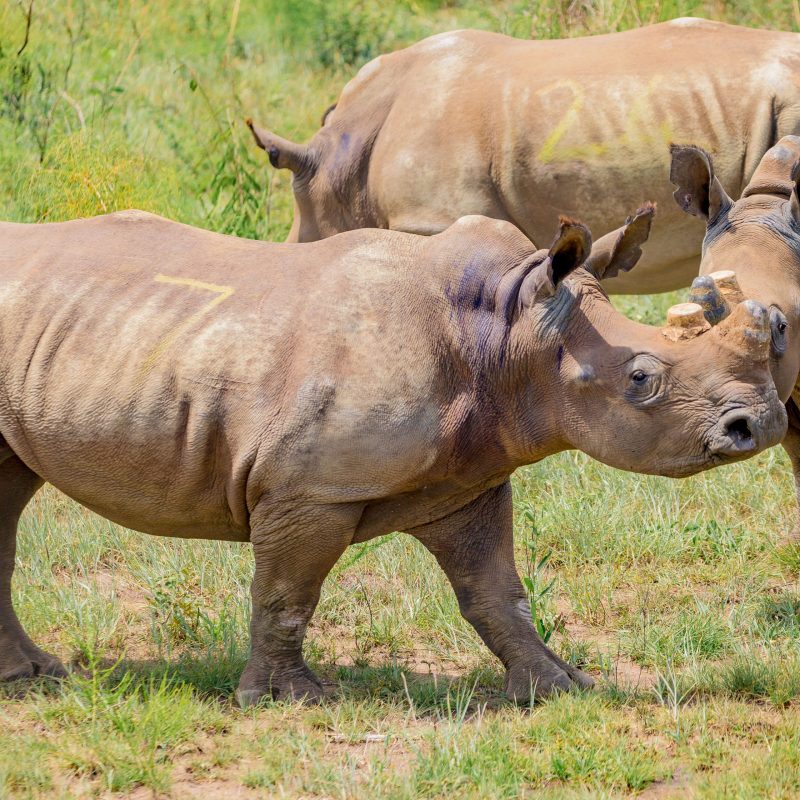
Rwanda is now home to 30 White Rhinos
Akagera National Park management says the rhinos in the park are getting used to the new environment after their translocation from Europe and South Africa respectively.
“The population of black rhinos continues to thrive as a result of effective law enforcement and daily monitoring. In the last five years, we have seen a number of black rhino calves born in the park and we haven’t lost a single rhino due to poaching,” Akagera National Park’s Newsletter reads.
They made 221 total black rhino sightings, the most of any single month we have ever had since their reintroduction in 2017, according to Akagera officials.
In May this year, Akagera celebrated the 5-year anniversary of the return of the black rhinos to Akagera National Park following a 10-year absence due to heavy poaching in the country.
“All black rhinos continue to be in great condition and secure,” the Newsletter also reads.
In 2017, 10 black Rhinos were restocked in Akagera National Park, Eastern province.
According to Akagera National Park, white rhinos have also been fully released into the park, but the management continue to have their multiple sightings of a shoebill on the wetlands of Kilala Plains.
The development sets optimism for tourism picking up to almost the same rate as before the Covid-19 pandemic.
White Rhinos were released in the park, following their translocation to Akagera National Park in November 2021 from South Africa.
Upon arrival at the park, they were released into constructed and secure bomas where park authorities monitored them before they adapted to the new environment and climate of Rwanda.
In January 2022, seven weeks later, they were released into a larger enclosure where they have had to feed themselves, find water on their own, and have been able to interact with other species while still being under close monitoring.
“Dedicated rhino monitoring teams continue to track them on a daily basis to ensure their safety and observe the rhinos’ health, behaviour, and sociality at each sighting. While the white rhinos are free and roaming in the plains of the park, it is important to note that they are still adapting to their new environment,” the Park’s management says.
The park advises that tourists should drive carefully and leave enough space between the car and the rhino for smooth and safe adaptation to tourism. Giving the rhinos space will also prevent additional tsetse flies from bothering the animals and will ensure their continued good health in the wild,” Newsletter further reads.
In November last year, the largest single translocation was conducted with 30 white rhinos being introduced to Akagera National Park.
They were sourced from andBeyond Phinda Private Game Reserve in South Africa.
Meanwhile, Akagera national park continues to promote communities in the park’s vicinity.
Since the formation of the Akagera Management Company in 2010, over US $2.7 million has been contributed to the revenue sharing scheme projects such as building schools, providing clean water, multipurpose workshops, roads, and markets, to mention quite a few.

